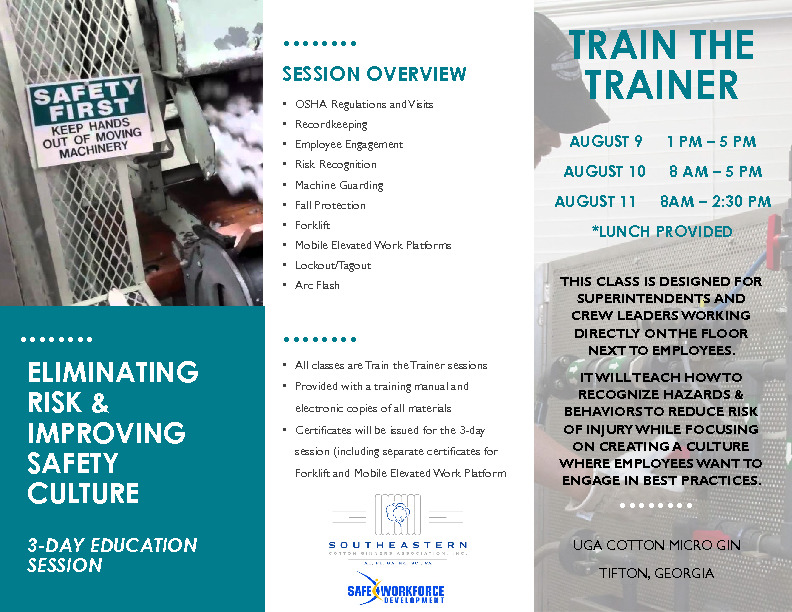As we approach the end of February, I would like to remind our members of the approaching deadline to electronically submit injury and illness data for the 2024 calendar year. The OSHA Record Keeping Rule requires employers keep records of all work related injuries and illnesses. This includes the OSHA 300, 300A and 301 forms that employers must have on file. In addition to the forms list above, there is an additional requirement to electronically submit injury and illness data on OSHA’s ITA website.
Any employer with 20 or more employees at any time during the calendar year is required to enter this data electronically, in addition to posting a hard copy of the OSHA 300A. The data entered electronically is essentially the same data contained in the OSHA 300A form. The deadline for electronic submission is March 2, 2025. Please do this prior to the deadline.
To access the electronic submission portal simply click this link OSHA Electronic Submission Page . Once you have accessed the OSHA ITA web portal via the above link, there will be a tab on the left side “Login.gov” that will bring up the page to log into your account. In 2023, OSHA transitioned its login procedure to the public’s one account access to government applications, Login.gov. You must have both an ITA account and a Login.gov account with the same email address to access ITA. Once logged in you will be prompted to enter data from the 2024 calendar year. Even if you had no entries on your OSHA 300A form you must still electronically submit this data on the OSHA ITA website.
Continue reading

